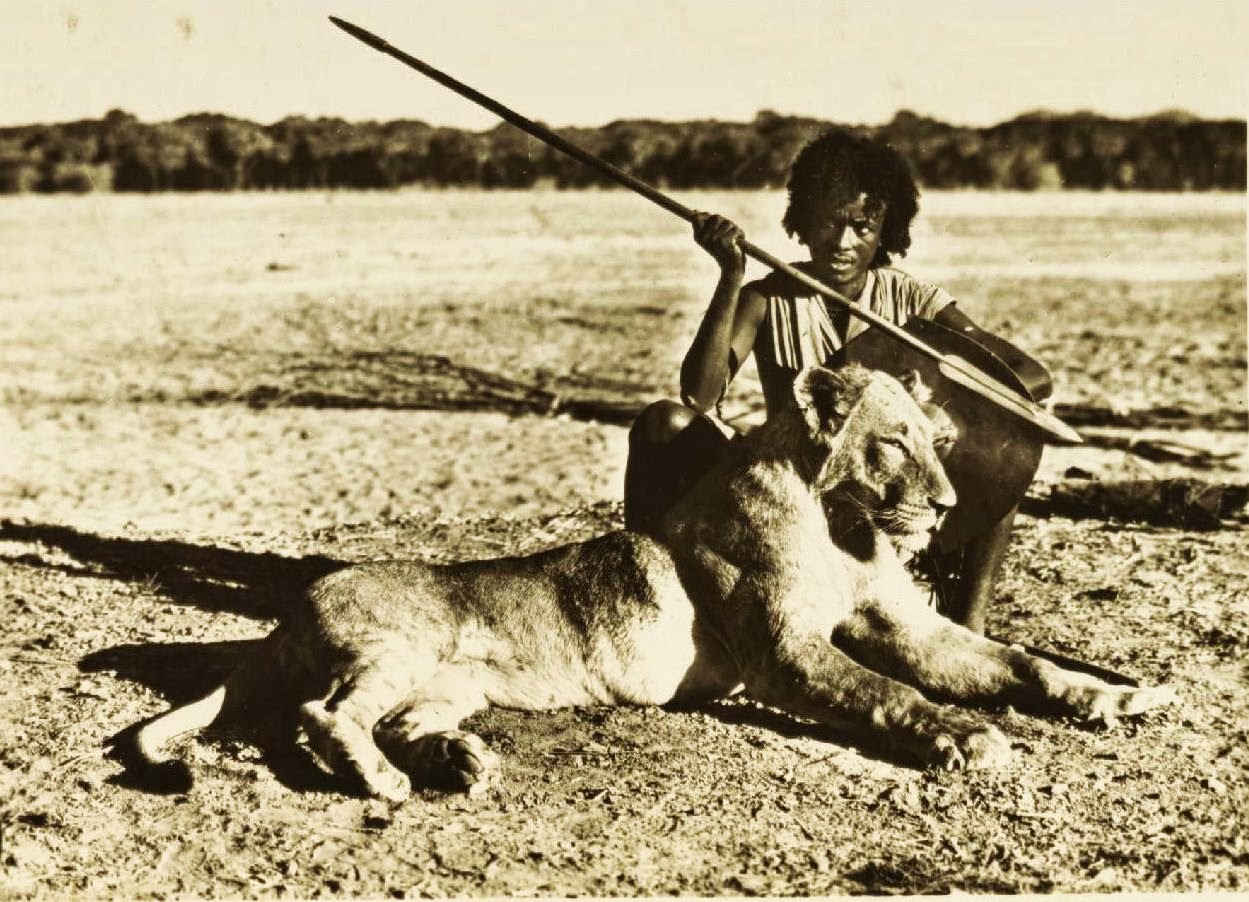Nara people on:
[Wikipedia]
[Google]
[Amazon]
The Nara are an ethnic group inhabiting southwestern

Supplementary Table 3
/ref>
Eritrea
Eritrea ( ; ti, ኤርትራ, Ertra, ; ar, إرتريا, ʾIritriyā), officially the State of Eritrea, is a country in the Horn of Africa region of Eastern Africa, with its capital and largest city at Asmara. It is bordered by Ethiopi ...
. The society is divided into four subtribes, who are traditionally animist. They are mostly subsistence farmers.
Overview
According to the Eritrean government, the Nara are descendants of the firstNilo-Saharan
The Nilo-Saharan languages are a proposed family of African languages spoken by some 50–60 million people, mainly in the upper parts of the Chari and Nile rivers, including historic Nubia, north of where the two tributaries of the Nile meet. ...
settlers in Eritrea, who had migrated from the Upper Nile area and intermarried with local Pygmy
In anthropology, pygmy peoples are ethnic groups whose average height is unusually short. The term pygmyism is used to describe the phenotype of endemic short stature (as opposed to disproportionate dwarfism occurring in isolated cases in a pop ...
populations.
Today, the Nara number around 108,000 individuals. They constitute around 1.5% of the population of Eritrea. They are typically agrarian and have settled primarily along the border with Sudan
Sudan ( or ; ar, السودان, as-Sūdān, officially the Republic of the Sudan ( ar, جمهورية السودان, link=no, Jumhūriyyat as-Sūdān), is a country in Northeast Africa. It shares borders with the Central African Republic t ...
.
They area located north of the Kunama, in the western parts of Barka Plains, the Nara constitute about 1.5% of the Eritrean population.
The Nara population is divided into four subtribes: the Higir, Mogareb, Koyta and Santora. They traditionally adhered to animist
Animism (from Latin: ' meaning 'breath, spirit, life') is the belief that objects, places, and creatures all possess a distinct spiritual essence. Potentially, animism perceives all things— animals, plants, rocks, rivers, weather systems ...
beliefs. By the 15th century the Nara were introduced to Islam and after the Egypt
Egypt ( ar, مصر , ), officially the Arab Republic of Egypt, is a List of transcontinental countries, transcontinental country spanning the North Africa, northeast corner of Africa and Western Asia, southwest corner of Asia via a land bridg ...
ian occupation in the 19th century, most Nara adopted Islam
Islam (; ar, ۘالِإسلَام, , ) is an Abrahamic monotheistic religion centred primarily around the Quran, a religious text considered by Muslims to be the direct word of God (or '' Allah'') as it was revealed to Muhammad, the ...
.
The Nara ethnonym means "Sky Heaven". They also used to call themselves the ''Barya''.

Language
The Nara people speak theNara language
The Nara (Nera) or Barea (Barya) language is spoken by the Nara people in an area just to the north of Barentu in the Gash-Barka Region of western Eritrea. The language is often confused with Kunama, which is at best only distantly related.
...
. Through contact with neighboring Afroasiatic
The Afroasiatic languages (or Afro-Asiatic), also known as Hamito-Semitic, or Semito-Hamitic, and sometimes also as Afrasian, Erythraean or Lisramic, are a language family of about 300 languages that are spoken predominantly in the geographic su ...
-speaking populations, many Nara are also bilingual in Tigre and/or Arabic
Arabic (, ' ; , ' or ) is a Semitic language spoken primarily across the Arab world.Semitic languages: an international handbook / edited by Stefan Weninger; in collaboration with Geoffrey Khan, Michael P. Streck, Janet C. E.Watson; Walter ...
. They traditionally had no writing system, with the few existing pieces of literature in Nara transcribed using the writing system of either Tigre or Arabic.
The language is also known as ''Nara-Bana'', meaning "Nara-Talk".
Social organization
Social organisation of the Nara people is based on the clan and subclan, with people living in villages and hamlets. The lineage system is patrilineal, unlike that of theKunama people
The Kunama are an ethnic group native to Eritrea. They are one of the smallest ethnic communities in Eritrea, constituting only 2% of the population. Most of the estimated 260,000 Kunama live in the remote and isolated area between the Gash and ...
. Land belongs to the clan and shared out among the families in the clan.
Genetics
According to Trombetta et al. (2015), 60% of Nara are carriers of theE1b1b
E-M215, also known as E1b1b and formerly E3b, is a major human Y-chromosome DNA haplogroup. It is a division of the macro-haplogroup E-M96, which is defined by the single-nucleotide polymorphism (SNP) mutation M215. In other words, it is one of ...
paternal haplogroup. Of these, around 13% bear the V32 subclade, to which belong 60% of the Tigre Semitic speakers in Eritrea. This points to substantial gene flow from neighbouring Afro-Asiatic
The Afroasiatic languages (or Afro-Asiatic), also known as Hamito-Semitic, or Semito-Hamitic, and sometimes also as Afrasian, Erythraean or Lisramic, are a language family of about 300 languages that are spoken predominantly in the geographic s ...
-speaking males into the Nara's ancestral community. Cruciani et al. (2010) likewise observed that the remaining Nara individuals are primarily carriers of the Afro-Asiatic-associated haplogroup J (20%), as well as the A lineage (20%), which is instead common among Nilotes.Supplementary Table 3
/ref>
References
{{authority control Ethnic groups in Eritrea Muslim communities in Africa